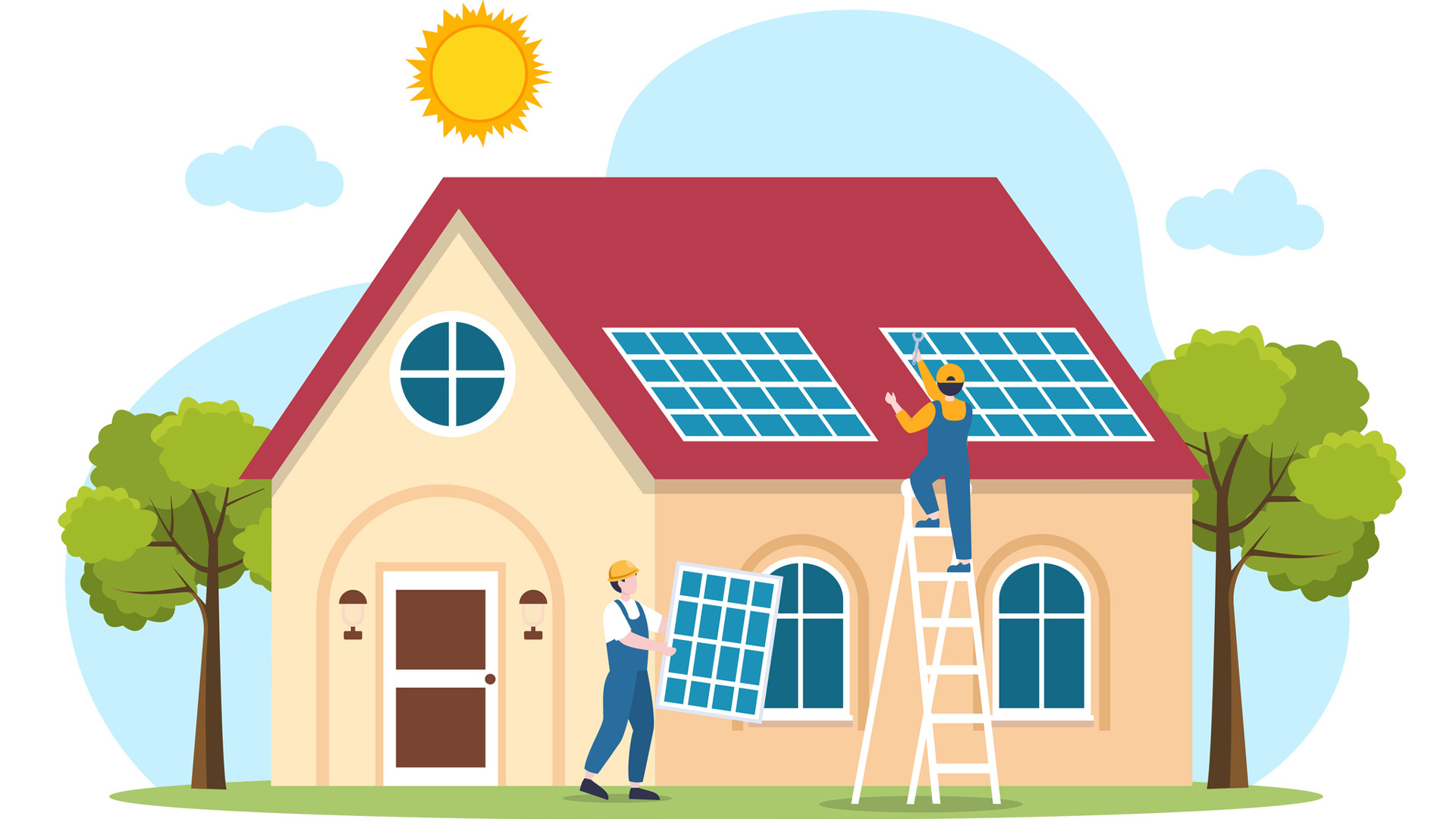
Solar panels are an increasingly common sight on Australian rooftops thanks to the cost and environmental benefits they offer. However, as a complex energy system, they also bring unique insurance, safety and risk management considerations, advises QBE’s Bob Algie, National Product Specialist - Property, and Chris Deugarde, Risk Engineer.
Installation risk
Photovoltaic (PV) solar installations are the most common type of solar installation used in commercial and residential properties, says Algie.
These systems must be correctly installed and maintained to ensure safety and efficiency - this includes the mounting system and cabling.
'A mounting system attaches the system to the ground, or most commonly, the roof.
'It’s important that the racking is resistant to corrosion and appropriate for the roof if it’s installed on one.'
'This is particularly important for older buildings, where the roof hasn’t been constructed to take the weight of panels, and where engineering reports with a load analysis should be undertaken,' adds Deugarde.
'We also recommend insureds have a professional roofing inspection to ensure the roof is structurally sound before installation and as part of regular maintenance.'
Another component that risk engineers will assess is the electrical cabling, he adds. This cabling should have insulation appropriate to the conditions it’s exposed to.
Algie and Deugarde also recommend using Clean Energy Council (CEC) Approved Solar Retailers. These retailers provide a five-year system warranty and will ensure a CEC accredited installer sets the system up, says Deugarde.
'Using an approved retailer is also generally a requirement to secure government rebates.'
Weather risk
Hail is the most common cause of damage to solar panels and properties in areas prone to severe storms with large hail stones are most at risk, says Deugarde.
'Occasionally, strong winds and frost can damage panels or hardware, but hail events where stones exceed the size panels can withstand are the biggest claims driver.'
Australian standards stipulate a panel needs to withstand the force of hail 35mm in diameter but, in some instances, Australia has seen larger hailstones.
'A recent hailstorm in Queensland saw hailstones up to 160mm in diameter.
'Unfortunately, there’s not much we can do to minimise this risk if there’s a significant storm, so ensuring appropriate insurance cover and sums insured are in place in case of a major hail event is key.'
Fire risk
Another risk to consider is fire and the potential impact of damage can be major, says Deugarde.
Solar panels introduce an additional ignition source and new combustible materials to a property.
If wiring or an inverter has a fault or fails, arcing can occur. This can cause extreme temperatures and, worst-case scenario, fire.
Additionally, solar systems can release toxic fumes when on fire and create additional challenges for firefighters.
'They can encourage a fire to spread more rapidly across a roof by tracking underneath the panels.'
Ensuring inverters are installed and maintained, and have safeguards in place, can lower fire risk significantly, adds Algie.
These can include electrical protections like arc fault detection devices as well as physical and impact protection mechanisms such as barriers, steel cages, bollards, and other measures to protect from direct sunlight, rain, and water spray.
'Ideally, inverters should be installed internally on a structurally sound and non-combustible wall in a dry area, capable of bearing the extra weight.'
For example, this means avoiding installation on walls constructed from insulated sandwich panels with flammable cores.
'The inverter should also be installed off the ground, away from combustibles.'
'It’s also important to check isolation switches are installed and whether there’s surge protection.
Another consideration is access, 'given water spray from fire hoses and hydrants can only reach four storeys, the height of the panels is a risk factor we consider,' says Algie.
'Where surge protection isn’t installed or access is inhibited, a customer may face higher policy deductibles.'
Underinsurance
Ensuring businesses have the right insurance cover is key, says Algie.
Sums insured should be reviewed regularly and incorporate current costs of solar system replacement.
'While the price of solar technology itself has reduced as uptake has increased, rising labour costs are a significant factor in total replacement costs.'
Global supply shortages can also mean replacing panels with like-for-like may be challenging.
If an insured event damages a system, the amount a customer paid for it may not be enough to replace it with an equivalent system today.
Additionally, some council regulations require property rebuilds or repairs to include minimum solar power inclusions, so this should also be a factor when determining sums insureds.
Property and solar system damage can compromise business operations, so customers should also consider business interruption insurance, Algie adds.
Talk about solar
By working together, brokers, customers, and insurers can see businesses continue to reap the benefits of solar power while helping keep people, assets and operations protected.
Visit QBE Academy and Q Risk Insights for more risk management resources.
This article was originally published on the QBE website as Managing the risks that come with solar panels | QBE AU
The advice in this article is general in nature and has been prepared without taking into account your objectives, financial situation or needs. You must decide whether or not it is appropriate, in light of your own circumstances, to act on this advice.


Comments
Remove Comment
Are you sure you want to delete your comment?
This cannot be undone.